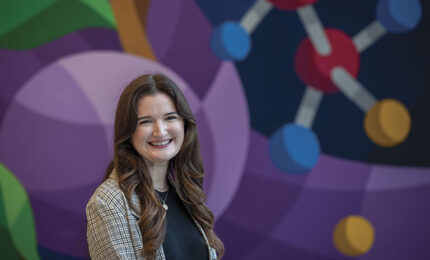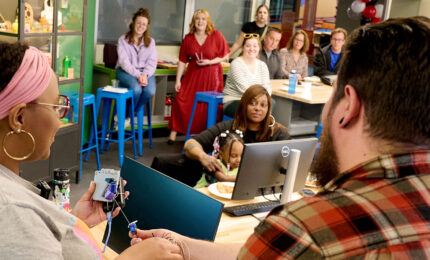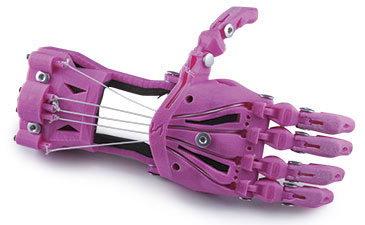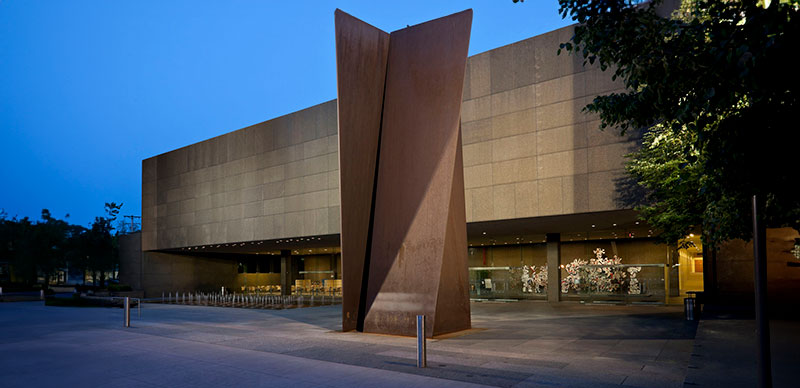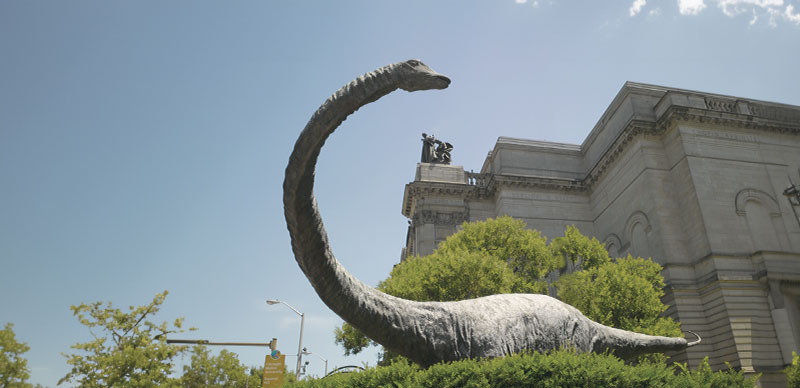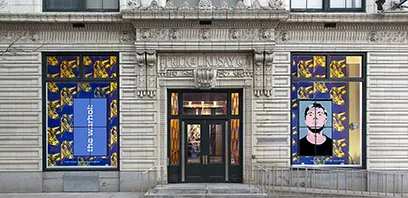When the children’s book Ash’s Handwashing Adventure appeared in its final form on Amazon, it was a full-circle moment for author and illustrator Omisa Shah.
“I remember in kindergarten I would make my own books out of a sheet of paper, and it said ‘written and illustrated by Omisa Shah’ decorated with these stick figures,” says Shah, now a 15-year-old sophomore at North Allegheny High School. “But now this has become a reality! And I would not have succeeded without the support of the program and everyone who pushed me to do it.”
Shah was among the 15 teenage STEM Storytellers, a program at Carnegie Science Center to teach science, technology, engineering, and math skills through creative writing. It involved months of twice-weekly after-school trips to the North Shore, where high school students from around the greater Pittsburgh area brainstormed topics and researched, wrote, revised, and illustrated their 30 something-page opuses over the course of six months.
The program was developed by Tina Seidelson, the Science Center’s director of student engagement, and Shannon Gaussa, STEM content manager for Pre-K and elementary, who were searching for alternative ways to teach STEM topics through creative projects.
“The program highlights how STEM is found everywhere and how it can take a cross-curricular approach, allowing students to build various skill sets,” Seidelson says.
Seidelson was inspired by a personal experience she had as a kindergartner in the early 1990s, when she was paired with an eighth grader at her K-8 school on a book project. The assignment involved having the middle schooler interview the younger Seidelson and then produce a book about her as the main character. She recalls the exhilaration at seeing the final product come to fruition.
“I found the project to be very inspiring and it’s something I still remember to this day,” she says. “At that age, I thought of authors as being professional people. I had no idea that anybody, including students, could write and publish.”
“The program highlights how STEM is found everywhere and how it can take a cross-curricular approach, allowing students to build various skill sets.”
–Tina Seidelson, director of student engagement at Carnegie Science Center
In that early-Internet era, not everyone could sell their books through the world’s largest retailer. But today, the gatekeepers to the publishing world have largely faded. After a little research, Gaussa discovered an Amazon-based, self-publishing platform that would allow aspiring writers to sell their creations through the site.
With funding from the machine tooling company Kennametal, these students created and published their ideas through Amazon, and garnered the proceeds from the sales. Additional funding from The Heinz Endowments paid each student a stipend of $1,400 for their efforts. But earning that money would be harder than they expected.
Ashnavi Ghosh chose a topic with PhD-level complexity: genetically modified food. But researching her book,
, wasn’t the hard part; it was simplifying it for a preschool audience.
“I couldn’t write as much as I wanted to,” says Ghosh, a 15-year-old junior at North Allegheny High School. “When I was writing it, I realized I was writing on a middle school level. It was too complicated.”
Her mentor, Krista Bullard (aka Dr. Krista), could relate. A materials chemist, Bullard has presented her research at conferences to audiences without expertise in her field, so she can’t get too technical. Counterintuitively, she says “dumbing down” her research requires the highest level of understanding.
“When you’re in STEM and you’re in research, you need to take a complex idea or topic and be able to sell it or explain it to the masses. That’s how you spread your research in general—with simple ideas,” she says. “You really know the topic if you can explain it to anyone. If you can teach something to preschoolers, you can explain it to anyone.”
After sorting through pages of ideas, Shah settled on a concept that she felt would be relatable: hand-washing. She figured that its relevance during the pandemic would have widespread appeal, a suspicion confirmed when she was babysitting the 3- and 6-year-old kids that live next door.
“One afternoon I randomly asked, ‘Hey, do you know why we wash our hands?’” she recalls asking the 6-year-old child. “And she was like, ‘I need to do it so I can get a snack.’ And I thought, perfect, I found my idea.”
Ash’s Handwashing Adventure tells the story of a young student who refused to wash her hands before snack time at school. “Why do we use soap?” she exclaims. So her teacher, Mrs. Whiskers (all the characters are cats), takes her on an adventure exploring how molecules in soap called “surfactants’’ are the “magic ingredients in soap” that attach themselves to germs and drag them away when hands are rinsed.
Her book employs words sparingly, averaging around one sentence per page, and is colorfully illustrated using a sketching iPad app called “Procreate.” Friends and family have already bought copies of the book—the first sale went to her dad—and submitted plenty of five-star reviews.
But even if her book doesn’t appear on The New York Times Best Seller list, the experience was “invaluable,” says her mother, Anisha Shah.
“By taking this nontraditional approach to teaching STEM and emphasizing the creative process to tackle difficult topics … the kids can see that STEM is not one-size-fits-all,” she says. “There can be so much variety in both teaching and learning it. [Omisa] learned so much from this process.”

